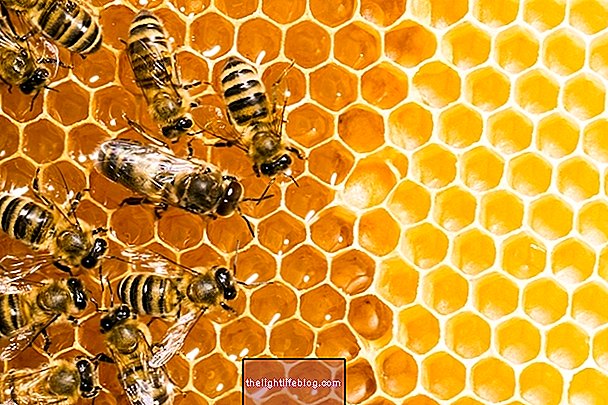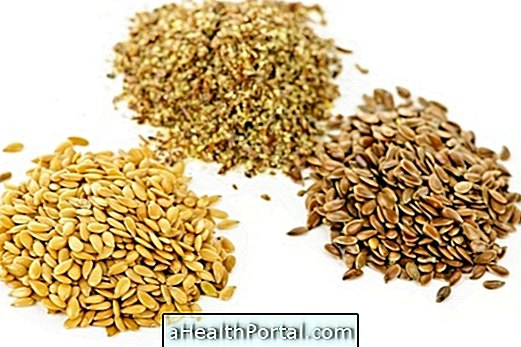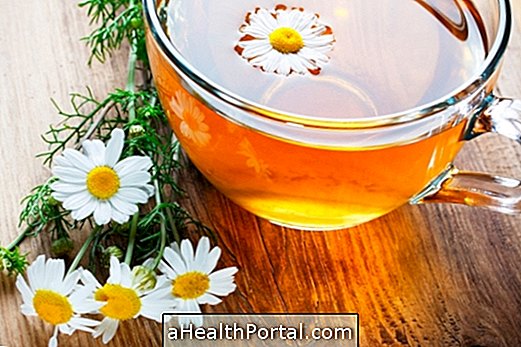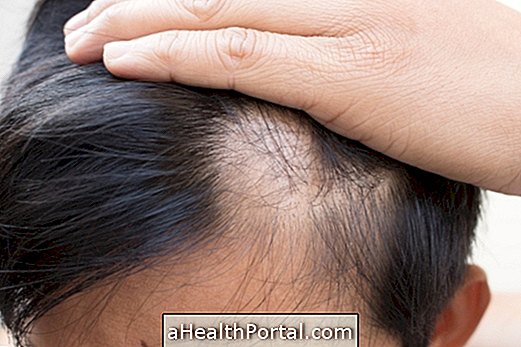Lavender is a very versatile medicinal plant as it can be used to treat various types of problems such as anxiety, depression, maldigestion or even insect bites on the skin, for example because of its relaxing, calming, antispasmodic, analgesic and antidepressant properties
This plant can also be known as Lavender or Lavender, but its scientific name is Lavandula angustifolia and can be purchased at natural products stores, handling pharmacies and in some markets or free trade shows.
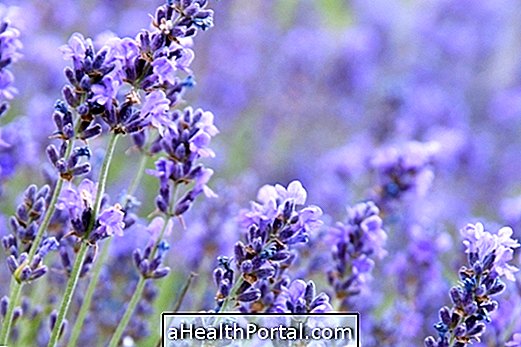
What is lavender for?
Lavender is used to treat various problems, presenting various effects on the body, such as:
- Decrease anxiety and agitation;
- Reduce blood pressure;
- Decrease fever;
- Stimulating the healing of canker sores;
- Stabilizes the heart rate;
- Reduce migraine pain;
- Promote relaxation;
- Improve sleep quality;
- Reduce stress;
- Fighting depression;
However, it is best to always consult a herbalist to assess whether the plant can be used for the type of problem to be treated, or whether there is a plant with the best effect.
How to use Lavender
The used parts of Lavender are its flowers, leaves, stem to make teas, essential oil or to use in cooking.
1. Lavender Tea
Lavender tea is great for treating poor digestion, stomach irritation, migraines, spasm and bronchial asthma and can be prepared as follows:
Ingredients:
- 70 g of lavender flowers;
- 1 L of boiling water.
Method of preparation:
- In a pan, when the water is boiling add the lavender flowers and let it boil for 5 minutes. After that time, remove from the heat and let it stand for 10 minutes, always before using.

This tea should be drunk up to 3 times a day, being recommended to take after each main meal.
2. Hot Bath with Lavender
The hot bath with Lavender has an excellent relaxing, soothing and tranquilizing effect that helps in the treatment of excessive stress, anxiety and sleep problems. To prepare a lavender bath, simply add 100 g of dried lavender flowers or 6-7 drops of essential oil to the hot water.
Another way to use Lavender in the bath is to place the 100 g of lavender flowers in a thin fabric such as a baby diaper, tie it up to make a purse and hold the purse in the shower using a string. In this way, the water comes in contact with the plant and spreads throughout the body the medicinal properties of Lavender. In place of the dried flowers, the essential oil of the plant can also be used, which can be previously added to sachets of chamomile or mint tea for example.
In addition, to treat sleep and stress problems can also be used sachets with dried flowers of the plant, which should be placed under the pillow, so that they act throughout the night soothing and relaxing.
3. Massage with Essential Oil
Massage with lavender essential oil on the temples is especially suited to soothe headaches caused by stress and muscle tension. To do this massage, rub 4 to 5 drops of essential oil on the fingers and then massage the temples in a circular motion for a few minutes. If you feel that the headache is being triggered by tension in the neck, then the temples should massage the back of the neck in circular movements. Here's how to do a relaxing massage using this essential oil in How to Massage Relaxing with Essential Oils.

In addition, due to its soothing properties, the essential oil can also be used to treat insect bites, it being recommended to pass 1 to 2 drops of oil on the bite.
Possible side effects
The main side effect of Lavender is drowsiness due to its calming and relaxing properties, but this only occurs when it is ingested in excess.
Who should not take
Lavender is contraindicated for patients with gastric ulcers and during pregnancy and is contraindicated for patients with essential oil allergy
In addition, lavender also has properties that benefit the skin and face, and can be used to make a natural hydration. See how by clicking here.
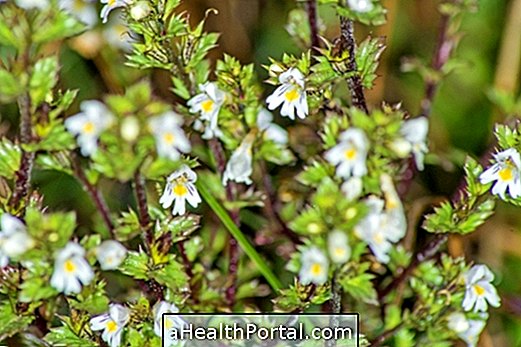
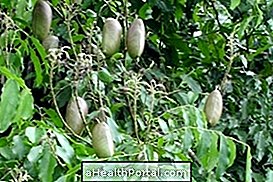

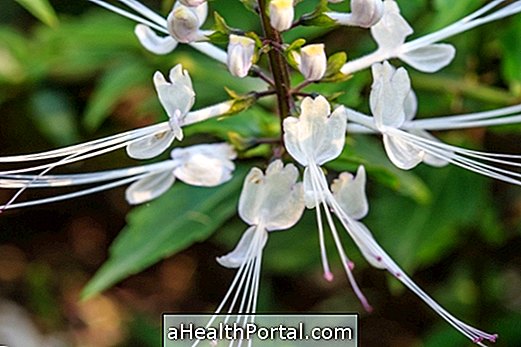
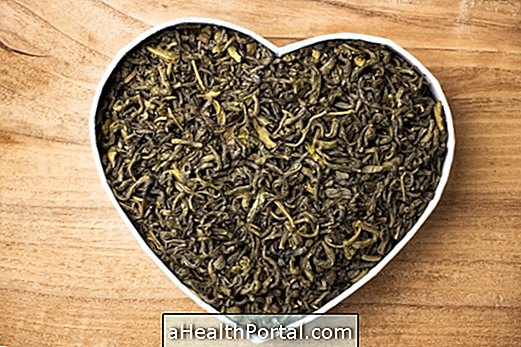
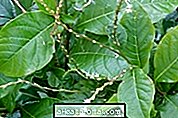






-o-que--sintomas-e-tratamento.jpg)


